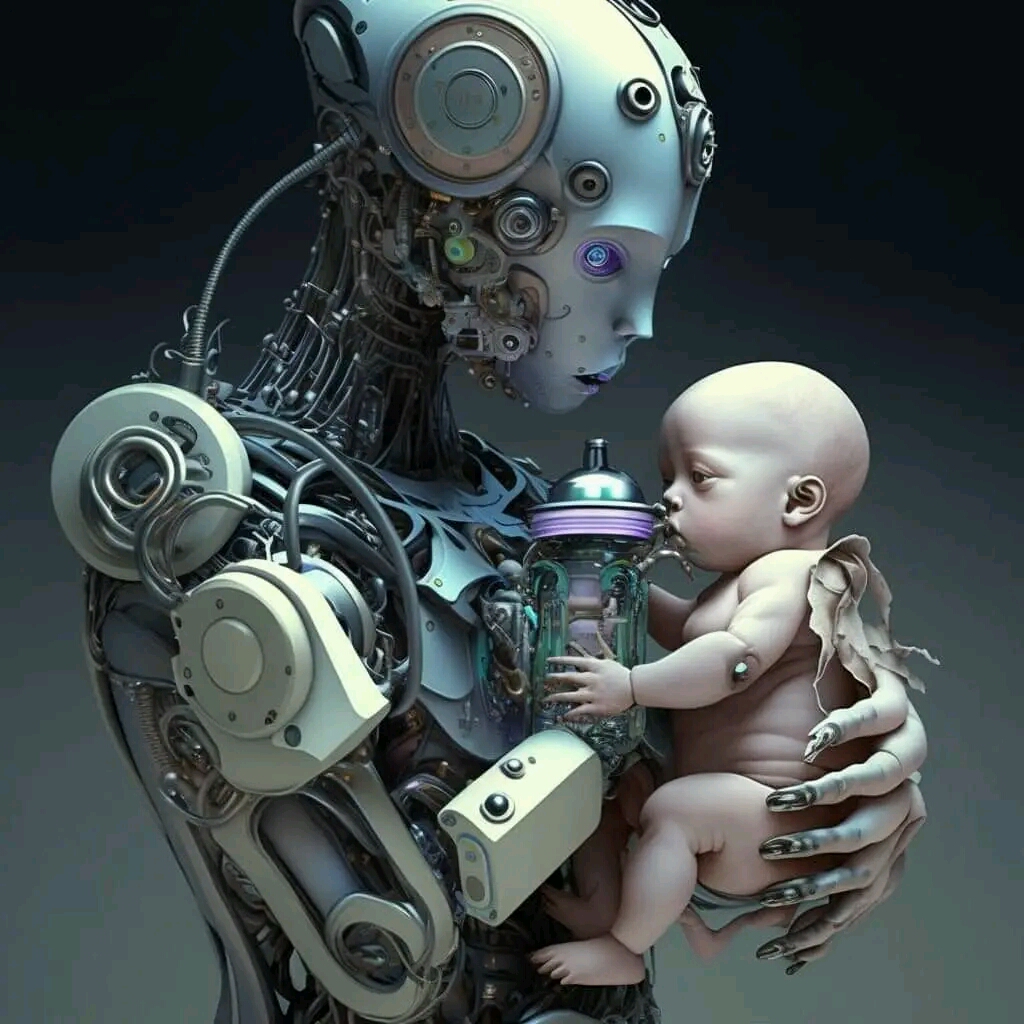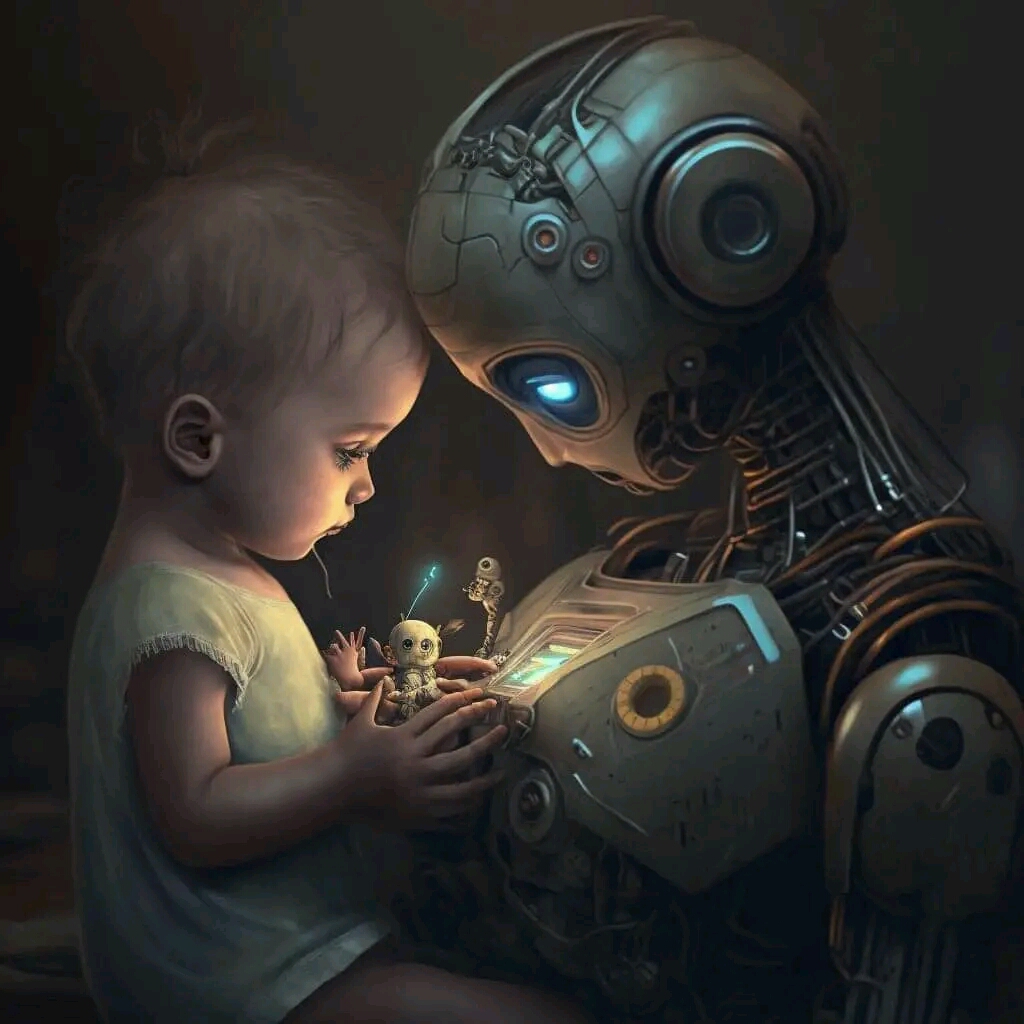The Top 10 Programming Languages for Creating Robot

The Top 10 Programming Languages for Creating Robot
It’s 2023 already and nobody expects anybody to be left behind in this digital world.
The world is evolving and evolving rapidly as signs are there that we might start speaking to and living with robots soon thereby the full introduction and the world of AI (artificial intelligence) which some people would refer to as robotic programming and whatever. This evolution is so rapid that some of us don’t even know basic computer programs like Html yet and then boom! The AI?
It’s okay not to want to be into this world of the computer web and its complications amongst other things but if you’re out there and feel like you have the urge to be part of this evolution weither you’re a newbie or someone graduating into an intermediate level, continue to read this article.

Robotics can bring a big revolution in all the sectors.
For example, the introduction of robots into the food processing and packaging industry has the potential to improve food safety and sanitation while also allowing for the delegating of tasks that would otherwise be difficult and dangerous for humans to perform.
And not only this but the inevitable rise of robots in the food sector will provide unlimited opportunities to boost worker productivity and efficiency and ensure that consumers receive the safest possible end-products.
Robotics can give a new angle to the food industry making it much safer and better.
For the quick job to be done, robots must be involved!
You can say that the work was done in just an hour? Sometimes even literally.
Processes related to data in the Retail industry are of great importance. The quality of that data requires the continuous work of employees but, above all, a high focus. Regarding constant stress, the robot is always up to the task. You can leave operational daily data processing (systematic processes in the SAP S4HANA environment) to robots while your valuable resources can be better deployed and more active in other parts of the business.

The Top 10 Programming Languages for Creating Robot
Robot Programming – The process of creating a control plan for how a machine interacts with its surroundings and achieves its objectives. For this, Robotics programming languages are very much required for this. By knowing these top 10 Programming languages mentioned in this article one can create their own robot.
However, there are about 1500 programming languages on the planet, a large number to get command on. And furthermore, the utilization of language depends significantly on the sort of robot that you are creating. The skill of applying one’s knowledge and common sense in the right way at the right time is one of the most important aspects of being a roboticist and if you can manage this then you can create your own robot.
Let us know the top 10 Programming Languages in robotics
C/C++: These languages are very prominent among other robotics programming languages. Why? because one of these languages is used in a lot of robotics hardware libraries. Real-time performance, interaction with low-level hardware, and extremely mature programming languages are all provided by these libraries. Even though C is still one of the most efficient programming languages, you probably use C++ more than C these days.
Python: Python is a high-level programming language that is used a lot in robotics to design embedded systems. It has emerged as an essential component of ROS (Robots Operating System) due to its numerous useful features. Raspberry Pi, Arduino, and extensive automation packages are examples of robots built with Python because of their ability to deviate from standard programming tasks.
JAVA: In several areas of robotics, Java is quite popular. It appears to be one of the fundamental languages used by several contemporary AIs, notably IBM’s Watson and AlphaGo. However, machine code cannot be created from it because Java is an interpreted language. Instead, the Java Virtual Machine translates the commands at runtime, enabling you to run the same program on numerous different computers.
MATLAB: Some robotic engineers love using MATLAB (and its open-source siblings like Octave) to analyze data and create control systems. It is widely utilized in data processing and research. There is also a very well-liked Robotics Toolbox for MATLAB for robotics. Robotic engineers can create complete robotics systems using only MATLAB.
C#/.NET: It is frequently used for port and socket-level programming, but JAVA’s libraries are far more developed and can be used instead to implement neural network systems (and in manufacturing industries). Because of this, the traditional robotics languages C++ and Python are advised over C# and .Net in the field of robotics.
Languages for Hardware Description (H.D. Ls): Circuits for electronic and digital logic can be programmed using this computer language. The gates and chips are specified using Hardware Description Language, and a hardware simulator is used to simulate the behavior of the resulting chip specifications which is used in robotics.
LISP: One of the oldest programming languages, Lisp was created initially for the mathematical notation used in computer applications. Since Lisp is a key language in the field of AI (Artificial Intelligence), many essential sections of ROS (Robot Operating System) are written in it which are useful in robotics.
PASCAL: One of the first programming languages and it serves as the foundation for several industrial robot languages. As a result, if you plan to program industrial robots, it’s still a good place to start.
Scratch: Every year, thousands of aspiring roboticists around the world use Scratch. This visual programming language is frequently the language of choice in school technology classes and robotics clubs because it is designed specifically for novice programmers.
Industrial Robot Languages: One of the issues with industrial robotics has long been the existence of proprietary robot programming languages created by virtually every robot manufacturer. Every time you begin utilizing a new robot brand, you will nonetheless need to master a new language.
Conclusion: These are the top 10 programming languages that you need to learn if you are planning to create your own robot. However, the development of your “Programming Mindset” is the most important thing. As many programming languages as possible should be learned. Programming will get better for you the more you learn.
SEE ALSO : BUSINESS BENEFITS OF CHOOSING PYTHON
Hope this post in The Top 10 Programming Languages for Creating Robot helps?
Comments are closed.